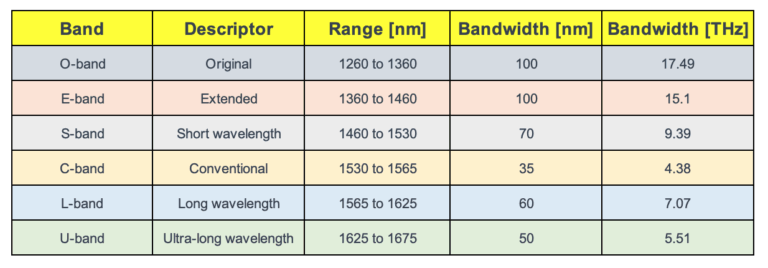HomePosts tagged “optical networking”
optical networking
Showing 1 - 5 of 5 results
Pluggable vs Embedded Optics: Which is Right for Your Network? | MapYourTech Pluggable vs Embedded Optics: Which is Right for...
-
Free
-
November 20, 2025
The integration of artificial intelligence (AI) into optical networking is set to dramatically transform offering numerous benefits for engineers at...
-
Free
-
March 26, 2025
The advent of 5G technology is set to revolutionise the way we connect, and at its core lies a sophisticated...
-
Free
-
March 26, 2025
Forward Error Correction (FEC) has become an indispensable tool in modern optical communication, enhancing signal integrity and extending transmission distances....
-
Free
-
March 26, 2025
When we talk about the internet and data, what often comes to mind are the speeds and how quickly we...
-
Free
-
March 26, 2025
Explore Articles
Filter Articles
ResetExplore Courses
Tags
automation
ber
Chromatic Dispersion
coherent optical transmission
Data transmission
DWDM
edfa
EDFAs
Erbium-Doped Fiber Amplifiers
fec
Fiber optics
Fiber optic technology
Forward Error Correction
Latency
modulation
network automation
network management
Network performance
noise figure
optical
optical amplifiers
optical automation
Optical communication
Optical fiber
Optical network
optical networking
Optical networks
Optical performance
Optical signal-to-noise ratio
Optical transmission
Optical transport network
OSNR
OTN
Q-factor
Raman Amplifier
SDH
Signal amplification
Signal integrity
Signal quality
Slider
submarine
submarine communication
submarine optical networking
Telecommunications
Ticker





